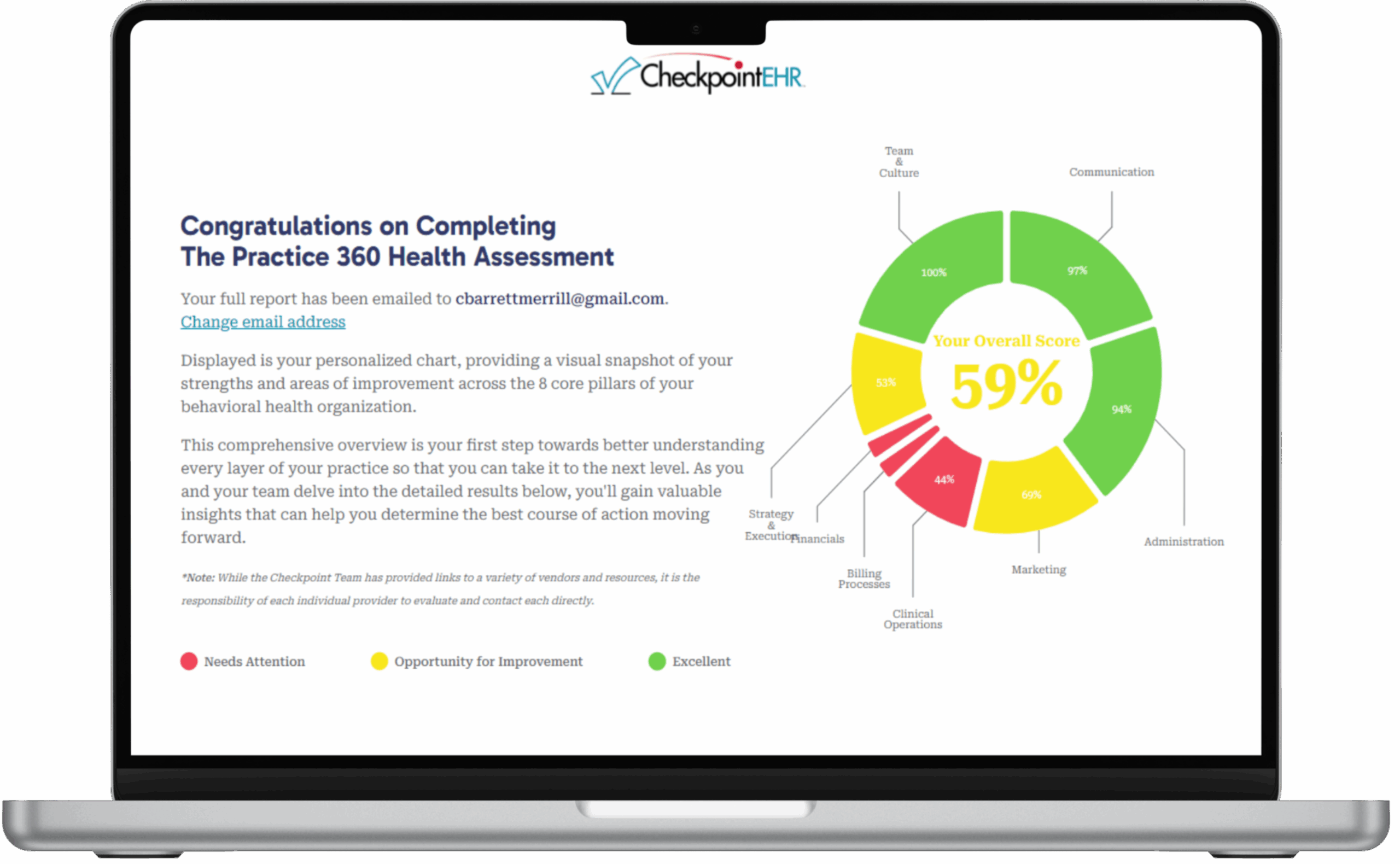How to Find and Eliminate Hidden EHR Fees

The term “hidden fees” is quite loose and has negative connotations. There is little doubt that some businesses may use hidden EHR fees as a sly way to bump up charges. However, the nature of EHR systems is such that so-called hidden fees are often actually additional fees for additional features.
Examining the Contract for Hidden EHR Fees
One of the best ways to detect hidden EHR fees is to go over the proposed contract in detail. It is normal practice for a business to highlight the key features and benefits of products. It is also normal business practice to have a baseline price for an entry-level package, and additional charges for extra features.
When purchasing an EHR system, healthcare providers should be able to find out what hidden EHR fees may be applied by studying the contract. Reputable suppliers will be happy to provide a copy of the proposed contract before any commitment to purchase is made.
Before getting to this stage, it benefits healthcare providers to be absolutely clear in what they want their EHR system to achieve.1 This will vary between providers, as things like the number of patients seen each day, the number of practitioners who will use the system, and the number of applications required—such as practice management and medical billing modules—will be dependent on the individual provider.
Among the hidden EHR fees that you are likely to find is an increased charge based on increased use or access to the system. There may be caps on how many bills can be processed, how many patient records are held, or how many people can access the system. Check to see if hardware, technical support and training are included in the fees.
It will take time to delve deeply into the details of any proposed contract, but the time will be well spent if it means the system the practice signs up for does not end up costing far more than was budgeted for.
Ask Questions About Future Growth
EHR systems can improve productivity in a practice and make it possible for the practice to grow. When examining potential EHR systems, it is important to see if the system can grow with the practice. Look carefully at how scalable any proposed system is. For example, if the number of patients is capped, find out how much it will cost to upgrade to the next level.
Eliminating Hidden EHR Fees
One way to eliminate hidden EHR fees is to purchase an EHR system that is tailored for your specific needs and where the provider can offer a fixed cost up front. For example, Integrity Support’s EHR includes clearinghouse fees, so there are no surprises in store.
It also helps to discuss any EHR system under consideration with previous purchasers to see if they have encountered problems with hidden fees. As more than 70 percent of practitioners use an EHR system, it should be possible to find others willing to share their experiences.2


